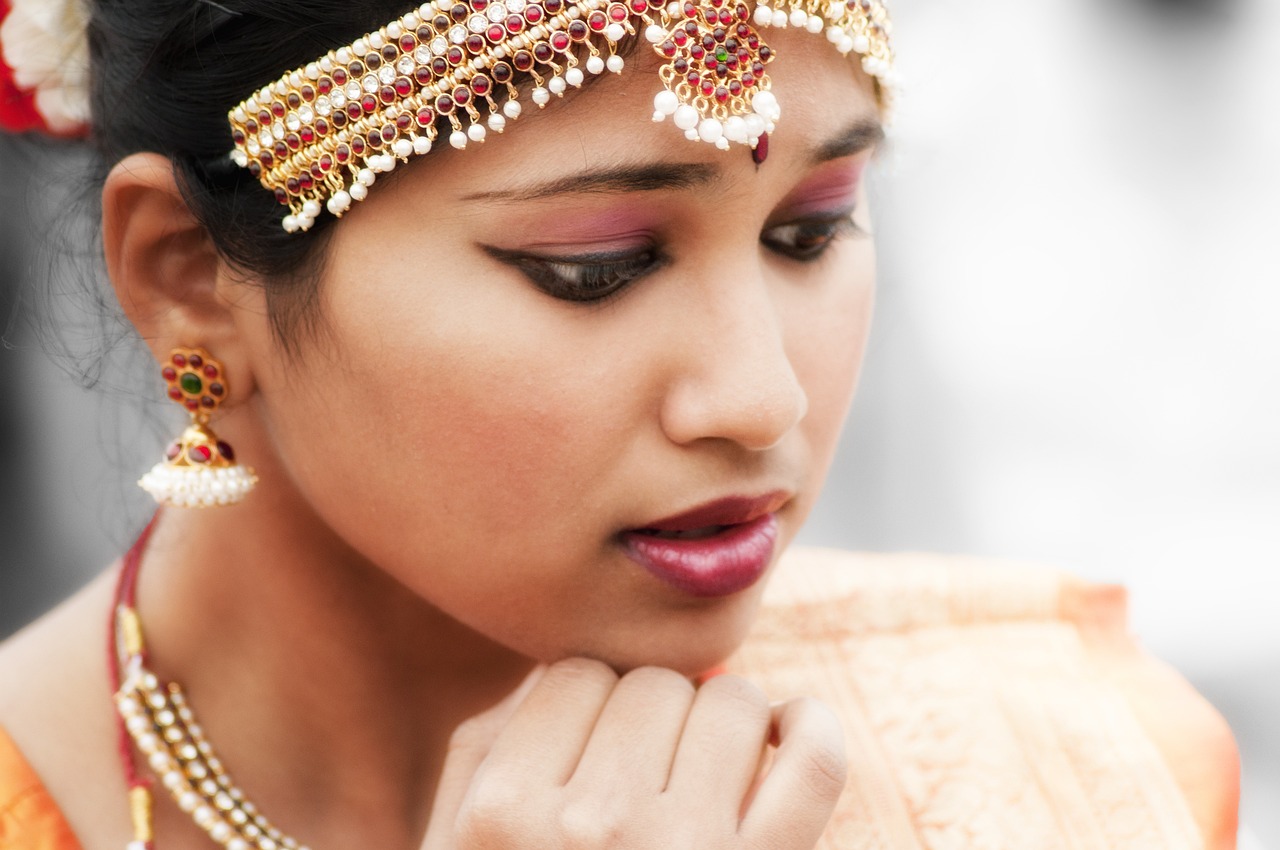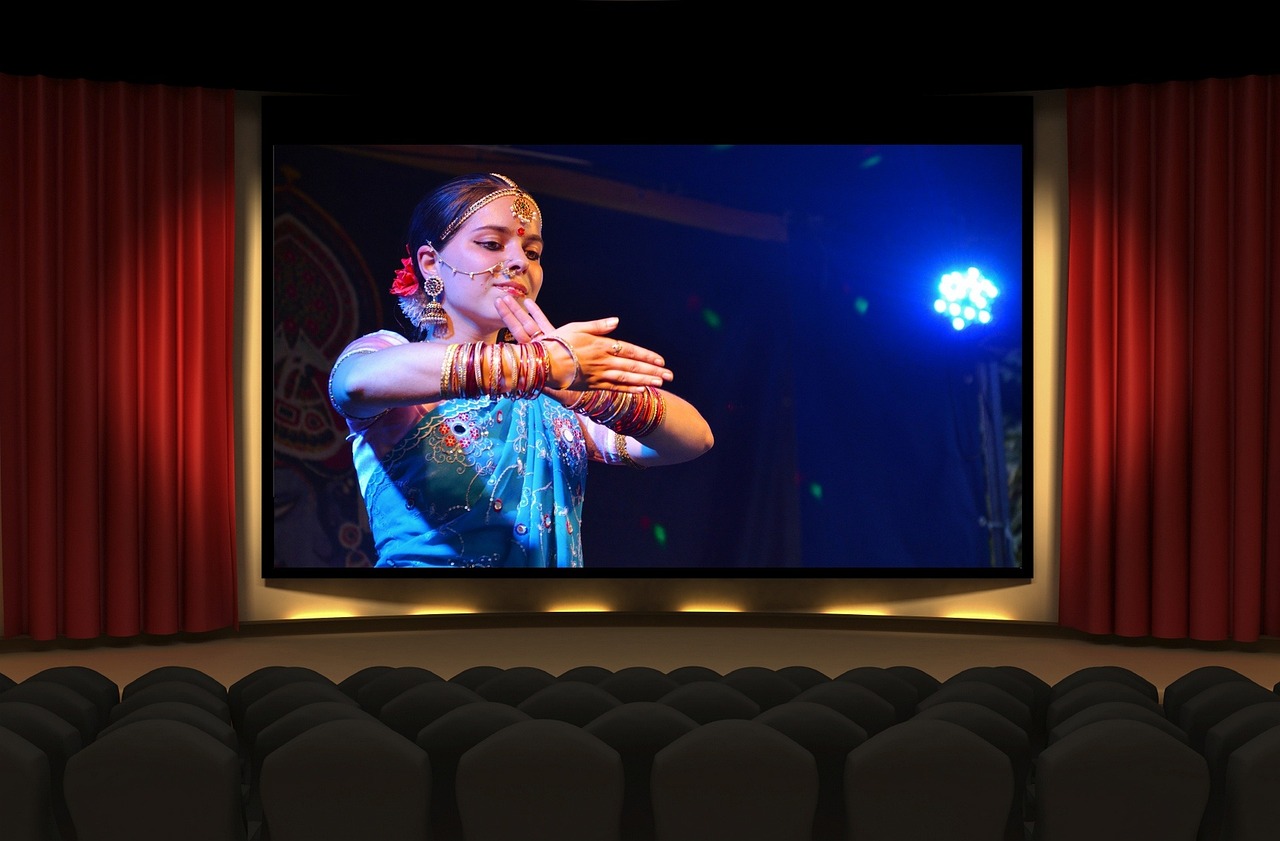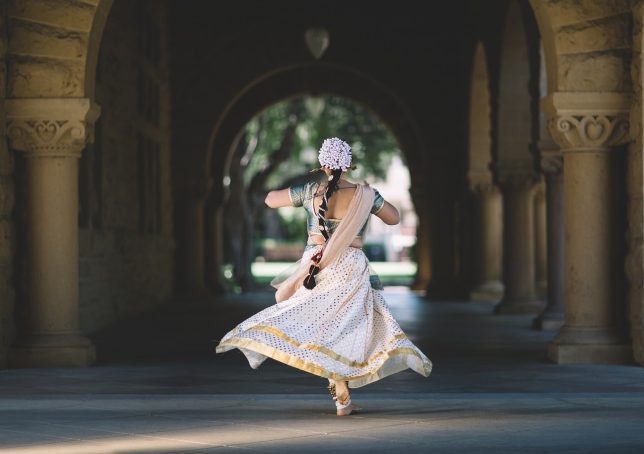Hindu music, with its roots deeply embedded in ancient traditions, serves as an indispensable force in the realm of cinema. The fusion of classical and folk elements has elevated film soundtracks to an art form. This article delves into the historical roots, cinematic influence, and evolutionary trends of Hindu music in the context of cinematic compositions.
Historical Roots of Hindu Music
The genesis of Hinduism music can be traced back to the sacred Vedic hymns and rituals that have endured for thousands of years. The roots of this ancient musical tradition run deep, laying the groundwork for the intricate melodies and rhythms that resonate in contemporary cinematic compositions.
In the antiquity of Vedic culture, music held a sacred place, intertwined with religious practices and rituals. The profound influence of these ancient musical traditions is discernible in the intricate and emotive nature of Hindu music, contributing significantly to the cultural fabric of the art form.
As time unfolded, Hinduism music embarked on a journey of evolution, adapting and flourishing through the centuries. Classical genres like Carnatic and Hindustani emerged as pillars of this musical evolution, each possessing its distinct characteristics and nuances. These classical forms, with their timeless appeal, not only survived the test of time but thrived, becoming integral components of Hindu music’s rich heritage.
The interplay of classical and folk elements within Hindu music is a testament to its dynamic nature. The fusion of these diverse musical forms added layers of complexity and depth to the evolving musical landscape. Folk traditions, rooted in regional cultures and diverse communities, became vital contributors, infusing Hindu music with a vibrant and diverse tapestry.
Contemporary composers, inspired by the classical and folk roots of Hindu music, continue to draw upon this rich source of inspiration. The resilience of these ancient musical traditions provides a fertile ground for innovation, allowing composers to infuse cinematic soundscapes with cultural depth and authenticity.
In essence, the historical roots of Hindu music, stemming from ancient Vedic hymns to the thriving classical and folk traditions, form a continuum that resonates through time. This intricate journey contributes to the unique and diverse musical heritage that shapes the soulful melodies and compositions witnessed in modern cinematic experiences.

Influence of Hindu Music in Cinema
The indelible influence of Hindu music on cinematic storytelling is a narrative woven by pioneers who pioneered the integration of music into the very fabric of Indian cinema. Among these trailblazers, Naushad stands as a luminary figure whose revolutionary work in the 1940s and 1950s reshaped the landscape of film music. His magnum opus, “Baiju Bawra,” serves as a testament to his groundbreaking contributions, setting the stage for a paradigm shift in how music could profoundly impact the emotional resonance of cinematic narratives.
Naushad’s innovative approach not only elevated film music to an art form but also solidified its role as a powerful storytelling tool. The integration of music seamlessly into the narrative structure became a hallmark of his work, laying the foundation for future composers to explore the emotive potential of cinematic soundscapes.
The impact of Hindu music on storytelling reached new heights with the 1975 blockbuster “Sholay.” Here, the maestro R.D. Burman took the reins, crafting compositions that transcended mere musical accompaniment. Instead, his melodies became integral elements, shaping the emotional landscape of the film. The iconic status achieved by the soundtrack of “Sholay” underscores the profound effect music can have in enhancing the narrative, underscoring the emotional highs and lows experienced by the characters.
Burman’s adeptness in using melodies as a storytelling device showcased the transformative potential of Hindu music in cinema. Each note, each tune became a character in itself, weaving seamlessly into the narrative tapestry and leaving an indelible mark on the audience’s emotional experience.
In essence, the integration of Hindu music into cinematic storytelling, spearheaded by visionaries like Naushad and R.D. Burman, has not only elevated film music but has also forged a powerful connection between sound and narrative. This influence continues to reverberate through the corridors of cinematic history, shaping the way composers approach the art of storytelling through melodies.
Classical Elements in Film Scores
Fusion of Classical Ragas in Compositions
The fusion of classical ragas into film scores has become a hallmark of Hindu music in cinema. Renowned composers like A. R. Rahman seamlessly integrate ragas, elevating the emotional depth of compositions. In “Roja” (1992), Rahman employed classical ragas, creating a musical masterpiece that resonates globally.
Renowned Composers and Their Contributions
Maestros like A. R. Rahman and Ilaiyaraaja have not only continued the legacy of classical influences but have expanded the scope of Hindu music in cinema. Rahman, with his Oscar-winning score for “Slumdog Millionaire” (2008), brought Hindu musical elements to the international stage.
Evolution of Lyricism in Film Songs
The evolution of lyrics in Hindu film songs reflects a dynamic interplay of societal changes and cultural shifts. In the 1950s, lyricists like Shailendra brought a poetic and socially relevant dimension to songs in movies such as “Awara” (1951), addressing societal issues with eloquence.
Wordsmiths like Gulzar and Javed Akhtar have crafted lyrics that transcend time. Gulzar’s work in films like “Anand” (1971) and “Masoom” (1983) captures the intricacies of human emotions, showcasing the power of storytelling through lyrics.
Popular Genres and Themes of Hindu Music in Cinema
Devotional Music in Cinema
Devotional music has been a cornerstone of Hindu cinema, capturing the spiritual essence of diverse traditions. The 1957 film “Jai Santoshi Maa” featured devotional songs that not only became immensely popular but also set a precedent for incorporating religious themes in cinema.
Celebration of Cultural Festivals through Songs
Festivals like Diwali and Holi find vibrant expression in film songs, becoming cultural landmarks. The song “Rang Barse” from the film “Silsila” (1981), composed by Shiv-Hari, exemplifies how festivals are celebrated through musical expressions in cinema.
Innovations in Soundtrack Production
Integration of Traditional Instruments
Composers have enriched film soundtracks by incorporating traditional instruments like sitar, tabla, and flute. In “Lagaan” (2001), A. R. Rahman utilised traditional instruments to create an immersive experience, transporting audiences to the rural setting of the film.
Technological Advancements in Music Production
Modern technology has revolutionised music production, allowing composers to experiment with diverse sounds. The use of synthesisers and electronic elements in the soundtrack of “Dil Chahta Hai” (2001) marked a turning point, showcasing the fusion of traditional and contemporary elements.
Critically Acclaimed Film Soundtracks
Films with Iconic Music
Certain films have become synonymous with iconic music. “Pyaasa” (1957), directed by Guru Dutt and scored by S. D. Burman, stands as a classic example where the soundtrack has been hailed as a masterpiece, complementing the film’s poignant narrative.
Recognition and Awards for Outstanding Compositions
The film industry recognizes exceptional musical contributions through awards. A. R. Rahman’s accolades, including Oscars and Grammy Awards, underscore the global recognition of Hindu music’s impact on cinematic storytelling.
Impact on Global Music Industry
Export of Hindu Music to International Cinema
Hindu music’s influence has transcended borders, with composers collaborating on international projects. A. R. Rahman’s collaboration with Andrew Lloyd Webber for the musical “Bombay Dreams” exemplifies how Hindu musical elements have found a place on the global stage.
Cross-Cultural Collaborations in Music
Collaborations between Indian and Western artists have given rise to unique musical fusions. The song “Jai Ho” from “Slumdog Millionaire,” composed by A. R. Rahman and featuring Western influences, exemplifies the cross-cultural collaborations that redefine global music landscapes.

Challenges and Evolution
Modern Challenges Faced by Traditional Music
In the modern era, Hindu music faces challenges in balancing tradition with contemporary tastes. The shift towards more electronic and Western-influenced sounds in certain film genres poses a challenge for traditional elements to maintain relevance.
Adaptations and Innovations to Preserve Heritage
Contemporary composers navigate the delicate balance of adapting to changing tastes while preserving the essence of Hindu music. The rise of fusion genres, experimental compositions, and collaborations reflects the ongoing evolution of this rich musical heritage.
Music as a Cultural Ambassador
Promoting Hindu Music in Cinema
Cinema serves as a cultural ambassador, introducing global audiences to the beauty of Hindu music. A. R. Rahman’s global concerts and collaborations with international artists exemplify how Hindu music acts as a bridge, fostering cultural understanding and appreciation.
Cultural Exchange Through Cinematic Melodies
The universal appeal of Hindu music fosters cultural exchange. Cinematic melodies transcend linguistic barriers, creating a universal language that connects people across cultures through shared emotional experiences.
Future Trends in Hindu Music in Cinema
Emerging Talents in the Industry
A new generation of composers and musicians is making waves in the industry. Amit Trivedi’s experimental compositions in films like “Dev.D” (2009) showcase the evolving nature of Hindu music, signaling a promising future.
Potential Innovations in Film Music
Advancements in technology open doors to exciting possibilities for film music. Virtual reality experiences, interactive soundscapes, and AI-driven compositions are potential innovations that could reshape the cinematic musical landscape in the coming years.
Conclusion
In the symphony of Hindu music and cinema, the melodies and compositions have woven a tapestry that transcends time and boundaries. From ancient traditions to global recognition, the journey continues, promising a harmonious future for the soulful marriage of music and cinema.
FAQs
Q1. What makes Hindu music unique in cinema? Hindu music brings a rich tapestry of classical and folk traditions, seamlessly integrated into cinematic narratives, adding a unique emotional depth to storytelling.
Q2. Can classical music truly adapt to modern film contexts? Absolutely. The fusion of classical ragas and innovative compositions by maestros proves that classical music can beautifully adapt to modern cinematic storytelling.
Q3. How has technology changed the landscape of film soundtracks? Technological advancements have expanded the sonic palette, enabling composers to experiment with diverse sounds, blending traditional instruments with modern elements.
Q4. Are there any specific rituals or festivals influencing music in cinema? Yes, festivals like Diwali and Holi often inspire vibrant musical celebrations in cinema, becoming cultural landmarks within film narratives.
Q5. What challenges do contemporary composers face in preserving traditional elements? Contemporary composers face the challenge of balancing cultural authenticity with changing tastes, leading to innovative adaptations and collaborations.




